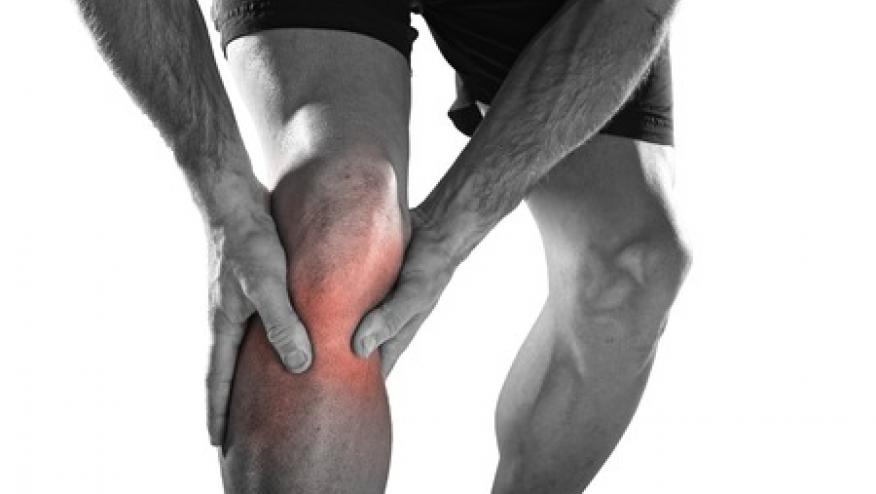Neuropathic Like Knee Pain Save

Fernandez and colleagues have shed further light on a significant subset of patients with knee pain - specifically, those with neuropathic like knee pain (NKP) that includes those with knee pain modified by central and peripheral neurologic dysfunction.
They undertook a cross-sectional study of a UK (n = 9506) postal questionnaire. Questions included KP severity (numerical rating scale) identifying those with knee pain (KP).
They found that KP was common (28.2%) amongst responders, and that nearly half of these (13.65%) qualified as NKP (i.e., 3.9% of the total population).
NKP was based on the modified painDETECT questionnaire (PDQ) and implies either central or localised damage to the nervous system or nerve fibres around that modifies the KP experience. NKP has symptoms of pain, burning pain, tingling or prickling, mechanical and thermal hyperalgesia, allodynia, paroxysmal pain and numbness.
Those with NKP were more likely to be women and have fibromyalgia (OR=4.07). widespread pain (OR 1.93), nodal osteoarthritis (OR 1.80), injury (OR 1.50), pain catastrophising (OR 5.37) and fatigue (OR 5.37) compared with non-NKP respondents.
Their data suggest that primarily central risk factors contributed to NKP (8% central vs. 3% peripheral contributions).
Identifiying NKP and central risk factors may help modify treatment strategies.










If you are a health practitioner, you may Login/Register to comment.
Due to the nature of these comment forums, only health practitioners are allowed to comment at this time.